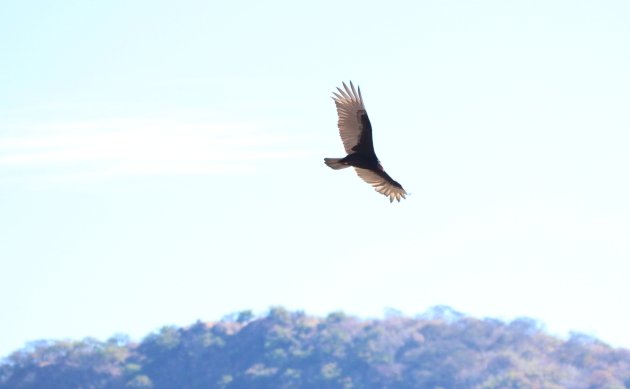
Last week I went downhill to Paso Ancho, as I always do at some point each January. I go there to add all those Tierra Caliente (Hot Country) specialties to my year list. The site’s spectacular endemics never let me down:
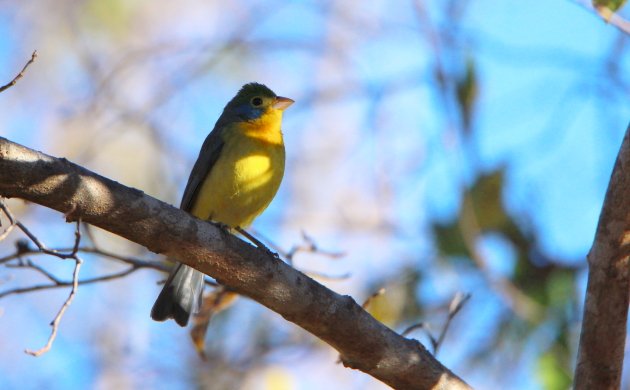 The beautiful Orange-breasted Bunting
The beautiful Orange-breasted Bunting
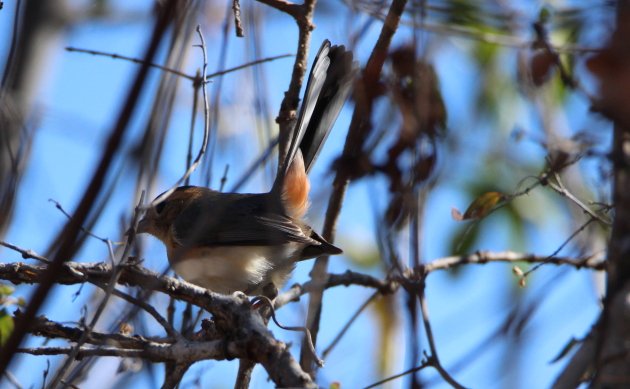 This female Red-breasted Chat is showing what it thinks of me.
This female Red-breasted Chat is showing what it thinks of me.
Fortunately, at this time of year there are also a good number of high-quality migratory species:
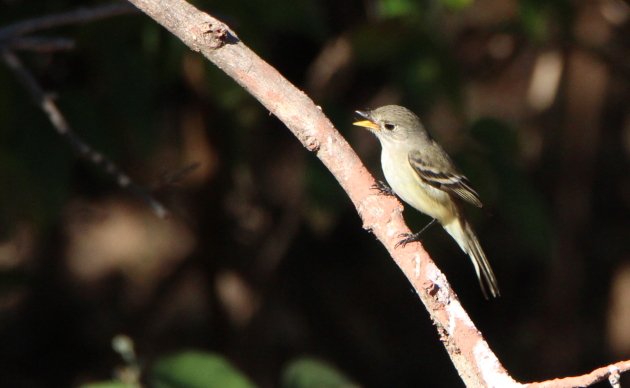 Least Flycatcher
Least Flycatcher
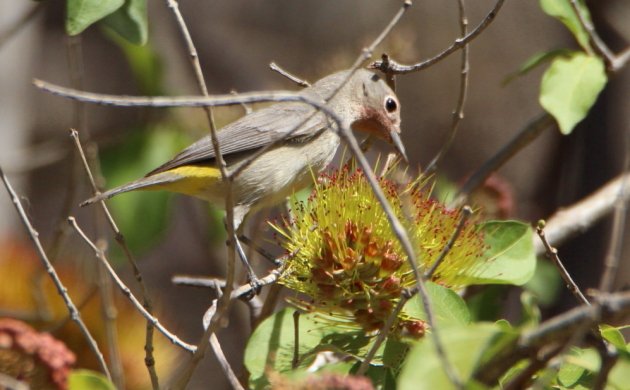 Virginia’s Warbler
Virginia’s Warbler
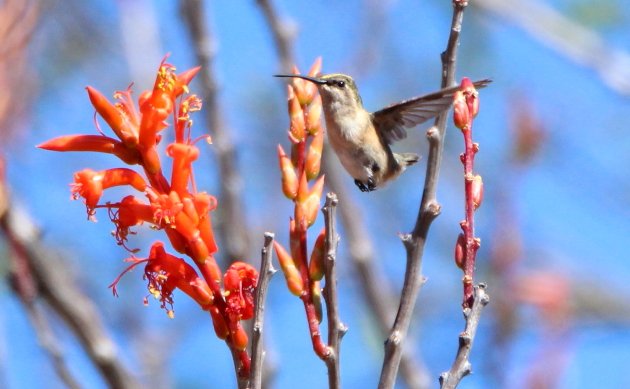 Lots of Lucifer Hummingbirds at this time of year.
Lots of Lucifer Hummingbirds at this time of year.
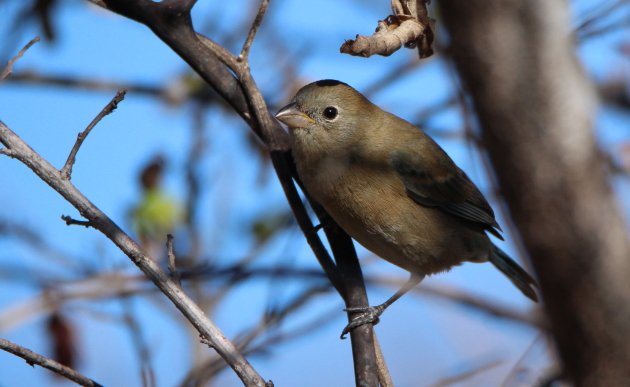 And a female Lazuli Bunting. I dipped on the Painted Buntings this time.
And a female Lazuli Bunting. I dipped on the Painted Buntings this time.
Hey, even the common species give good photos in Paso Ancho!
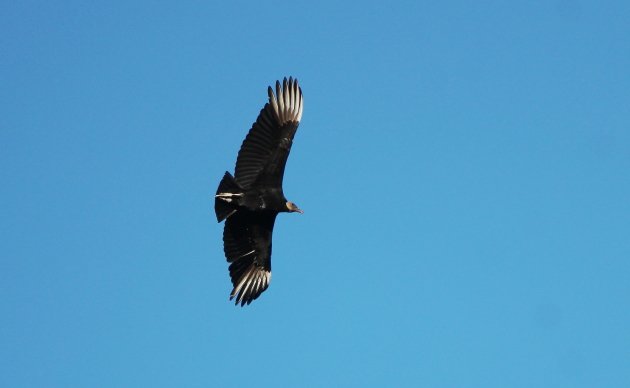
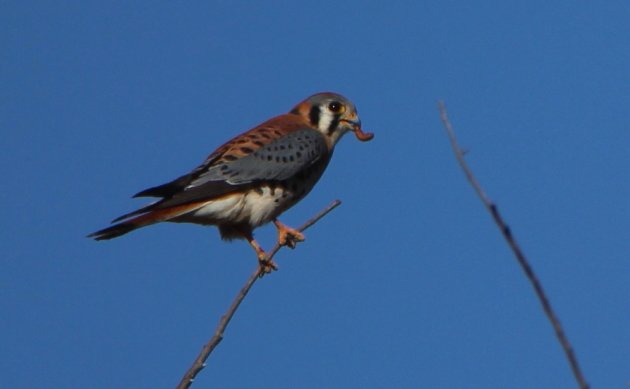
All of my on-line Mexican birder friends who have visited me have asked to be taken to Paso Ancho. But, interestingly, I have never taken an American birder there. That could be because Mexico’s lowland Tierra Caliente (Hot Country) has a Very Bad Reputation.
Actually, if you read the U.S. State department travel warnings, Mexico as a whole has a bad reputation. My home state of Michoacán consistently has a very bad reputation. This is largely misleading. I have lived in Mexico for almost 37 years, and in Michoacán for 25 years, and yet I have never witnessed a violent crime. I have never been mugged or pick-pocketed, and, significantly, my children never experienced school drills to prepare them for shootouts. I have never seen a gun fired here. Yes, statistics show that there is a high level of violence in Mexico, but all of our experience suggests that this violence is almost entirely between rival criminal elements. You pretty much have to look for it, to find it.
Still, it is essential to be well-informed as to how to avoid potential danger. When I first moved to Michoacán, years before Mexico earned its international reputation for violence, I was warned to only travel through the Hot Country during daylight hours. I follow this rule still. It is always wise to avoid appearing too wealthy. Tinted windows on a Hummer definitely send the wrong message. Some of my birder friends here have suggested that wearing camouflage might do the same, so I do not wear it. Ask for permission before entering private property.
It is important to work with someone local, because one year’s safe area can become dangerous another year — and vice versa! A few places, such as the world-famous Tufted Jay Reserve in the mountains of Sinaloa state, are always questionable. Good local guides are important for more reasons than just finding the best birds. I’m sure this rule is as true in Borneo, Colombia, central Africa, or even Central Park, as it is in Mexico.
And Paso Ancho? I can only give an anecdotal answer. But I have taken many birders there, and I have always asked them how secure they felt in the area. Each and every one answered that they felt completely safe. The locals have invited me to their homes. They have pointed out iguanas in trees, once they see my camera. One local even offered to drive me further up into the hills “to where you can see even more birds”. (I turned that offer down!)
Is it safe to bird in Mexico? I would say it is as safe as birding anywhere else, as long as you have someone in-the-know to orient you. And I would love to see comments from our readers who have birded in Mexico or other countries with questionable reputations. Please tell me your experiences or share your recommendations with our readers.
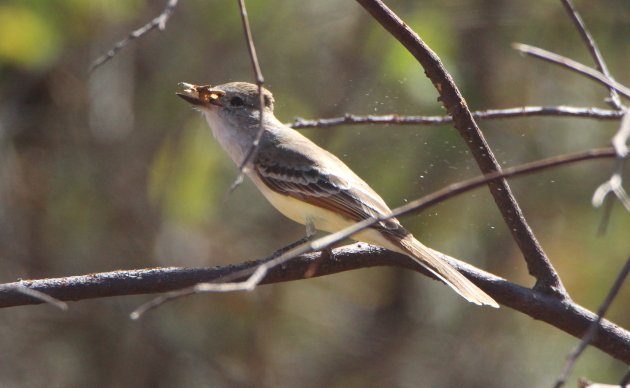 Final note: After you practice identifying Myiarchus and Empidonax Flycatchers, you will be afraid of nothing. (This one from last week is an Ash-throated Flycatcher.)
Final note: After you practice identifying Myiarchus and Empidonax Flycatchers, you will be afraid of nothing. (This one from last week is an Ash-throated Flycatcher.)











I’ve lived and birded in Mexico for many years and agree with Paul that the violence is something that is real but that you are unlikely to encounter personally. If you follow Paul’s precautions you will feel safe and see some wonderful birds.
Thanks, Paul, great post, very informative!
Thanks for your observations and pictures.
My husband and I will be leaving for Nayarit next week, home base in Aticama. This will be our first time renting a car in Mexico (trip #4), so I was a little leery, but it’s the only way to get to the birding hotspots. I hired Mark Stackhouse as a guide for one day and asked him this question. He, too, has lived in Mexico for many years and says he feels safer in Nayarit than the US. We traveled to Oaxaca two years ago and felt very safe, even when we stayed outside the city as well as Oaxaca central. Where we did not feel safe was a trip to Costa Rica about five years ago. We drove and supposedly the theft rate for vehicles was very high and we were uncomfortable after being followed up to a deserted natural area so we left. Bottom line is no matter where you are, pay attention and follow your gut.
Your point about identifying flycatchers is well-taken; trying to ID that Ash-throated Flycatcher really tested my nerves 😉